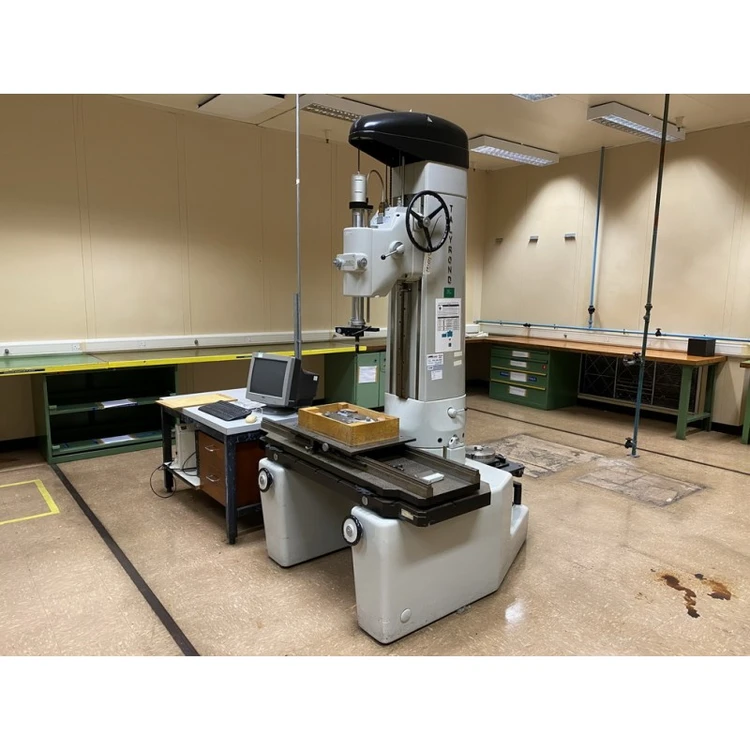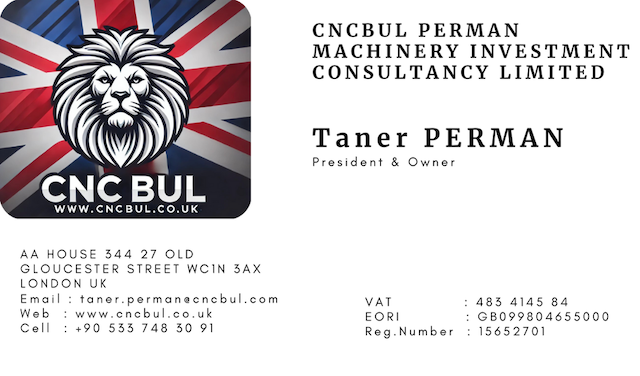What is Roundness Gauge Measurement?
Roundness Gauge Measurement – Technical Explanation
Roundness gauge measurement is a precision metrology process used to assess the roundness (circularity) deviations of cylindrical, spherical, and rotational parts. It is widely applied in industries like automotive, aerospace, machining, and bearing manufacturing, where high precision in circular components is required.
1. What is Roundness Measurement?
Roundness measurement determines how closely the actual shape of a part matches a perfect circle. The process detects out-of-roundness, form deviations, and geometrical irregularities caused by machining errors, wear, or deformation.
2. Working Principle of a Roundness Gauge
A roundness gauge (also called a circularity tester) operates based on high-precision rotational measurement combined with a contact or non-contact probe. The fundamental components of a roundness measurement system include:
(a) Precision Rotary Table (Reference Axis)
- The workpiece is placed on a high-precision spindle or rotary table, which serves as the reference axis of rotation.
- The spindle has an extremely low runout to prevent measurement errors.
(b) Contact Probe (Stylus or Non-Contact Sensor)
- A high-accuracy probe (usually a LVDT – Linear Variable Differential Transformer) continuously scans the surface.
- The probe measures radial variations as the workpiece rotates.
- Some modern systems use optical or laser sensors for non-contact measurements.
(c) Data Acquisition & Software Analysis
- The probe detects deviations from an ideal circular profile.
- The collected data is processed using Fourier analysis, least squares circle fitting, and harmonic analysis to evaluate roundness errors.
3. Roundness Parameters & Deviations
Roundness measurement identifies key deviations from a perfect circle, including:
| Deviation Type | Cause |
|---|---|
| Ovality (2-lobed error) | Unbalanced machining forces or fixture misalignment. |
| Triangularity (3-lobed error) | Poor tool geometry, incorrect cutting conditions, or tool deflection. |
| Quadrilobing (4-lobed error) | Vibrations during machining or excessive tool pressure. |
| Eccentricity | Workpiece misalignment with the spindle center. |
| Surface roughness or waviness | Tool chatter, vibration, or tool wear. |
4. Types of Roundness Gauges
There are different types of roundness measurement systems, based on precision and application:
(a) Bench-Type Roundness Testers
- High-accuracy systems with ultra-precise rotary tables.
- Used in laboratories and quality control for high-precision applications.
(b) Portable Roundness Testers
- Handheld or mobile units for on-site or in-machine measurements.
- Suitable for maintenance and production floor inspections.
(c) CMM-Based Roundness Measurement
- Coordinate Measuring Machines (CMMs) with rotational probes.
- Used for 3D shape analysis of round parts.
(d) Optical & Laser Roundness Measurement
- Non-contact methods using lasers or structured light scanning.
- Ideal for delicate or soft materials (plastics, composites, rubber, etc.).
5. Applications of Roundness Measurement
Roundness gauges are used in industries where high-precision circular components are critical:
(a) Automotive Industry
- Measuring crankshafts, camshafts, pistons, and wheel hubs for rotational accuracy.
- Ensuring proper alignment of bearings and bushings.
(b) Aerospace & Defense
- Checking roundness of jet engine components, turbine shafts, and landing gear parts.
- Ensuring minimal wear and tear for high-performance rotating components.
(c) Bearing Manufacturing
- High-precision bearing races, rollers, and ball bearings require extreme roundness accuracy.
(d) Precision Machining & Tool Manufacturing
- Ensuring that CNC-turned parts meet circularity and geometric tolerances.
6. Advantages of Roundness Gauge Measurement





7. Conclusion
A Roundness Gauge is a high-precision metrology instrument designed to analyze circularity deviations in manufactured parts. By detecting out-of-round conditions, tool wear, and machining errors, it ensures high accuracy and quality control in industries such as automotive, aerospace, and precision machining. Advanced systems using optical and laser technology further enhance the speed and accuracy of roundness measurement.


